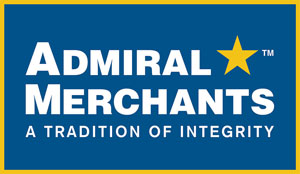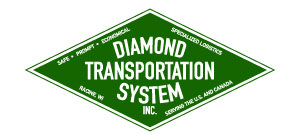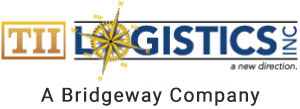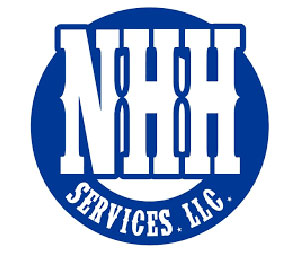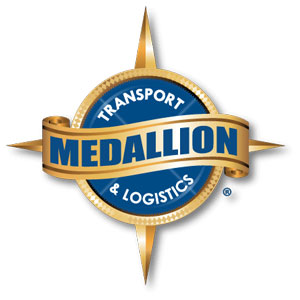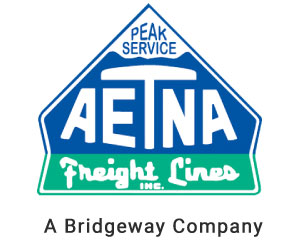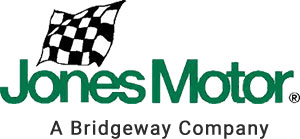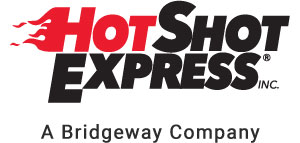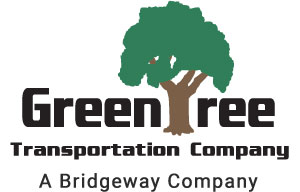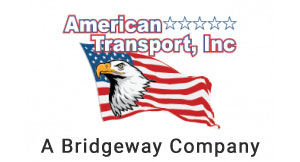How to Get a Bulldozer Ready for Transport
The last thing you want when you are hauling a bulldozer long-distance is to discover along the way that you had the right permits for part for your route but not for others, or your dozer sits a little too high for your truck to get through an underpass, or the highway patrol pulls you over for a weight violation. Or your bulldozer wasn’t outfitted with GPS and your truck didn’t have real-time tracking, so your equipment is missing, and you don’t know where to start to find it.
Getting your bulldozer reading for transport starts with finding the professional help you need to make the trip. Osage Specialized Transport can point you in the right direction. Then there will be three things every owner of bulldozers and similar earthmoving and construction equipment will need to do before every trip.
Reduce costs 25 to 75 percent by making sure you don’t need wide load or overweight permits
Almost any bulldozer can be moved. Some bulldozers need extra preparation to be moved at minimal expense.
Make sure your bulldozer (Osage Specialized Transport can help you with this) won’t have to have attachments removed to avoid expensive permits. (These suggestions also apply to road graders, dump trucks, cranes, and excavators):
- Weight. Avoid needing an overweight permit by shipping the blade separately from your dozer, if necessary. You’re pushing the limits at 40,000 pounds.
- Height. On extra-large dozers that have to be shipped down state highways or county roads, it may be necessary to remove the cab. Sometimes using a low-boy trailer will do the trick.
- Width. There’s not a lot you can do about excessive width economically. In theory, you could remove the tracks, but the cost of putting them back on is probably considerably greater than the cost of getting a wide load permit and scout cars.
- Length. Most states allow 53 feet. If you have issues with length, you almost certainly will also need permits for weight and/or width.
It’s not just the extra permits that run up the cost of moving an extra-large bulldozer. It’s also the cost of escort vehicles. We understand not wanting to take your bulldozer apart (and sometimes you just can’t reassemble at your destination), but sit down with Osage Specialized Trucking to figure out what will be less expensive for you.
Prepare your dozer for the ride
Your owner’s manual will have a checklist or preparations for moving your bulldozer. Not every owner’s manual will mention protecting your control panel. Use bubble wrap to protect gauges, levers, and knobs. You don’t want anything to fall off during transport. Protect anything that might get broken off in loading, unloading, or transport.
Most owner’s manuals will also mention
- Disconnect your battery. You don’t want your battery to be so drained you can’t start your dozer to get it off the truck bed when you arrive.
- Cover your stack. Long-haul truckers will tell you that you can run into some very strange debris out on the road. You don’t want it flying into your engine.
- Latch the doors. Zip-tie them if necessary. You don’t want doors coming open during your ride.
- Wash your dozer. It’s important to have a clean dozer so you can find damage that may have occurred during transportation.
Decide who you want to drive your bulldozer onto the flatbed. Osage Specialized Transport can drive it onto the bed if you like.
Make one last check to make sure you are meeting all the state and local laws on your route
Different states have different rules for transporting dozers. Texas permits any attached blades to be transported with removal. Utah permits blades up to 14′ 6 wide. Delaware requires any blades that can be removed to be removed before transport.
There are similar variations in rules regarding chains and tie-downs, warning lights, reflectors, and hours of travel. You have to meet all the road rules of all the jurisdictions along your way.
Whether you are moving an Acco Super Dozer or a 60″ Takeuchi excavator, Osage Specialized Transport has the trucks, the drivers, and the expertise you need.


